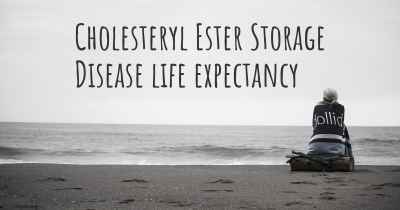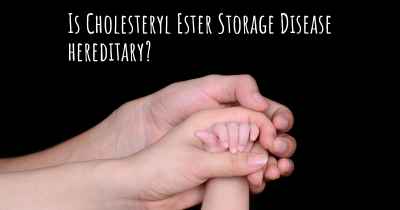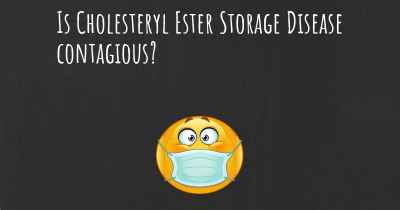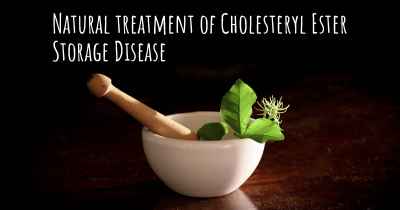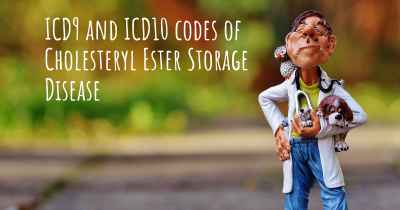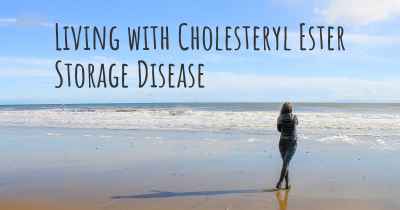What are the latest advances in Cholesteryl Ester Storage Disease?
Here you can see the latest advances and discoveries made regarding Cholesteryl Ester Storage Disease.

Cholesteryl Ester Storage Disease (CESD) is a rare genetic disorder characterized by the accumulation of cholesteryl esters in various tissues, particularly the liver and spleen. It is caused by mutations in the LIPA gene, which encodes the enzyme lysosomal acid lipase (LAL). LAL is responsible for the breakdown of cholesteryl esters and triglycerides in the lysosomes.
Over the years, significant advances have been made in understanding and managing CESD. One of the most important breakthroughs is the development of enzyme replacement therapy (ERT) using recombinant human LAL. ERT has shown promising results in reducing liver size, improving liver function, and decreasing lipid accumulation in patients with CESD. Clinical trials have demonstrated the safety and efficacy of ERT, leading to its approval by regulatory authorities in several countries.
Another recent advance in CESD research is the identification of novel therapeutic targets. Researchers have discovered that certain molecules and pathways play a crucial role in the pathogenesis of CESD. By targeting these specific molecules, it may be possible to develop new therapies for CESD. For example, inhibitors of microsomal triglyceride transfer protein (MTP) have shown potential in reducing lipid accumulation in the liver and improving liver function in preclinical studies. Additionally, modulating autophagy, a cellular process involved in the degradation of damaged organelles and lipids, has emerged as a potential therapeutic strategy for CESD.
Advancements in genetic testing and diagnosis have also contributed to the understanding of CESD. Next-generation sequencing technologies have enabled the identification of disease-causing mutations in the LIPA gene with greater accuracy and efficiency. This has facilitated early and accurate diagnosis of CESD, allowing for timely intervention and management. Genetic counseling has also become an essential component of CESD care, helping individuals and families understand the inheritance pattern and make informed decisions.
Furthermore, research efforts have focused on developing non-invasive biomarkers for monitoring disease progression and treatment response in CESD. Traditional methods such as liver biopsies are invasive and carry risks, making them less desirable for routine monitoring. Scientists have explored various imaging techniques, including magnetic resonance spectroscopy and ultrasound-based methods, to assess liver fat content and fibrosis non-invasively. These biomarkers could provide valuable information for disease monitoring and evaluating the effectiveness of therapeutic interventions.
Lastly, patient registries and collaborative networks have been established to facilitate research and improve patient care. These initiatives aim to collect comprehensive clinical and genetic data from individuals with CESD, enabling researchers to better understand the natural history of the disease, identify prognostic factors, and assess treatment outcomes. Collaborative networks also promote knowledge sharing among healthcare professionals, fostering the development of standardized care guidelines and multidisciplinary approaches to CESD management.
In conclusion, the field of Cholesteryl Ester Storage Disease has witnessed significant advancements in recent years. The development of enzyme replacement therapy, identification of novel therapeutic targets, improvements in genetic testing and diagnosis, exploration of non-invasive biomarkers, and establishment of patient registries and collaborative networks have all contributed to a better understanding and management of CESD. These advances offer hope for improved outcomes and quality of life for individuals living with this rare genetic disorder.
